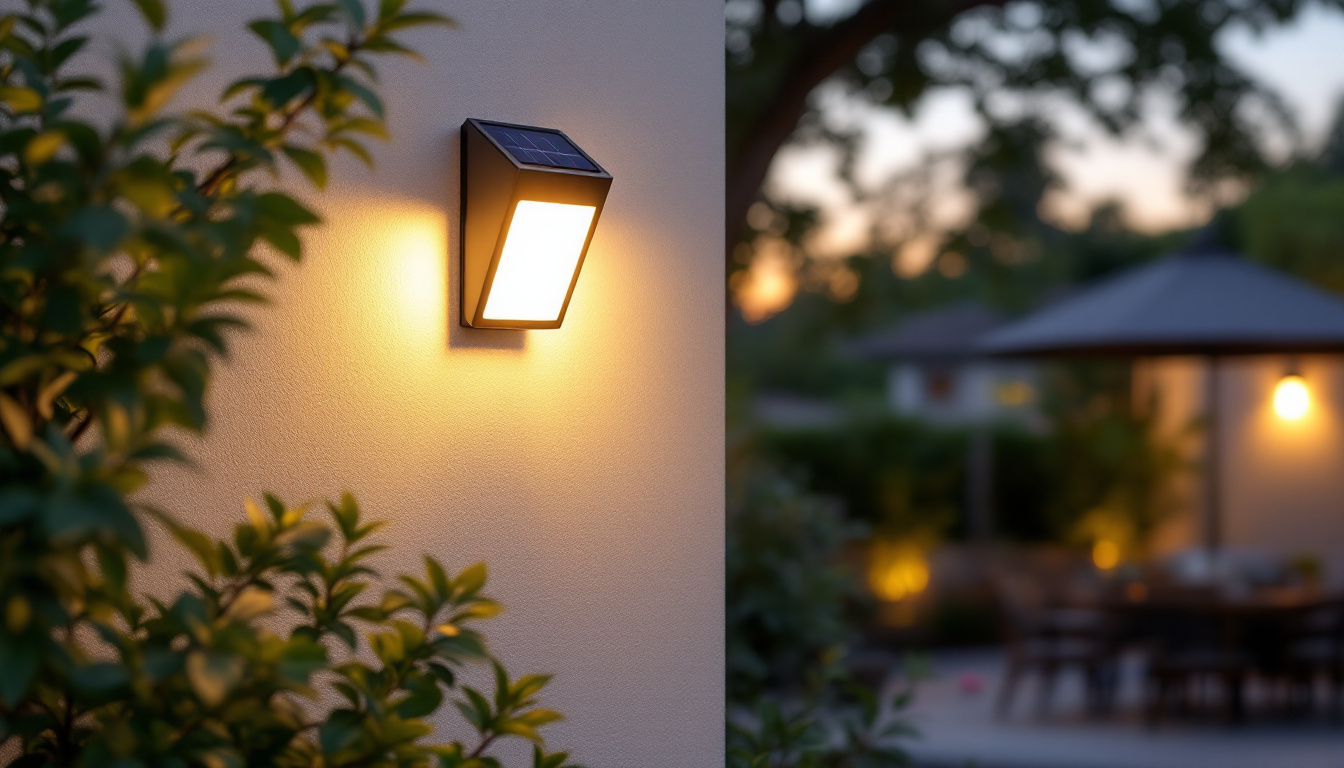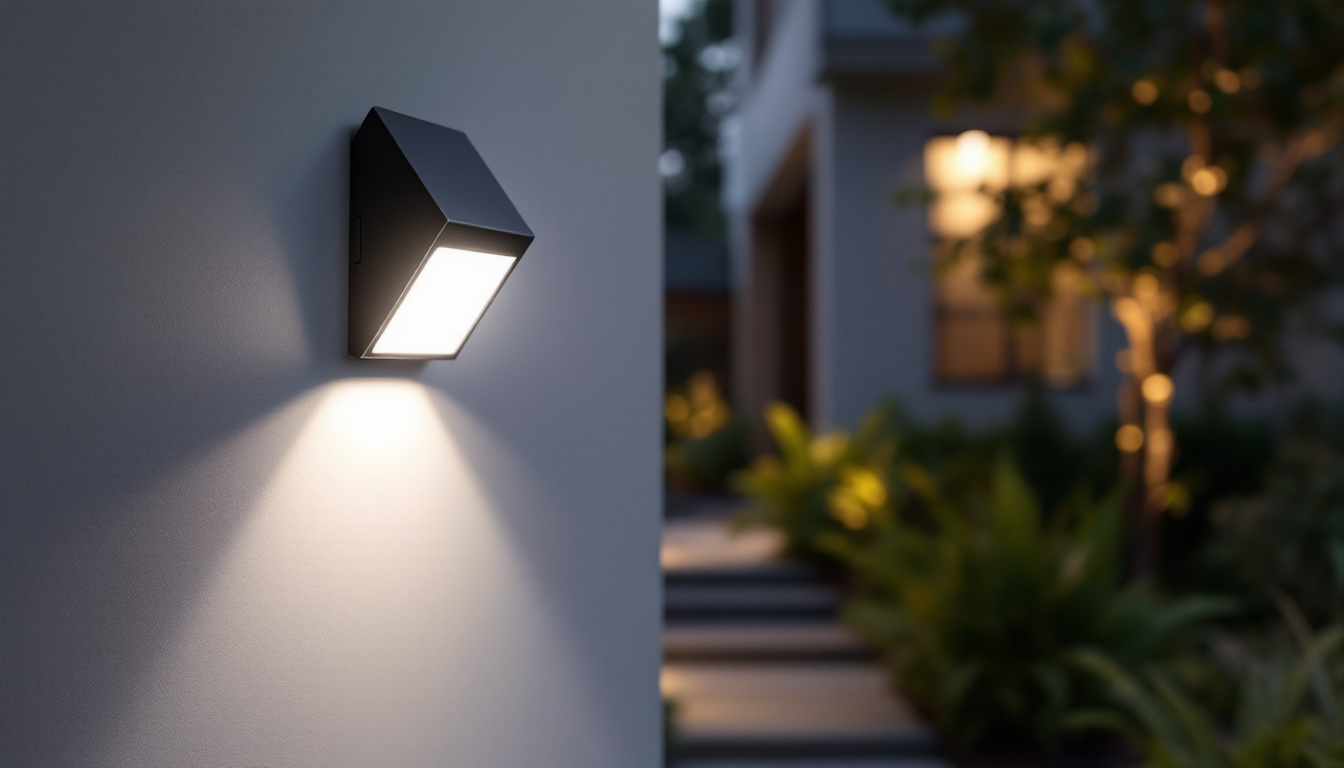
Lighting plays a crucial role in defining the ambiance and functionality of any commercial space. Among the various lighting options available, chandeliers stand out as elegant fixtures that can enhance the aesthetic appeal of a room. For lighting contractors, selecting the right chandelier for a commercial project involves a thorough understanding of design, functionality, and client needs. This guide aims to provide insights into the key considerations when choosing chandeliers for commercial spaces.
Chandeliers are not merely decorative elements; they serve multiple purposes in commercial settings. They can define a space, create focal points, and influence the overall atmosphere. In restaurants, hotels, and retail stores, chandeliers can enhance the customer experience by adding a touch of luxury and sophistication. The presence of a well-designed chandelier can evoke a sense of elegance and grandeur, setting the tone for the entire environment. For instance, a lavish chandelier in a high-end restaurant can signal to patrons that they are in for a special dining experience, while a minimalist design in a trendy café can reflect a modern, chic vibe.
Moreover, chandeliers can also contribute to the functionality of a space. Properly placed chandeliers can provide adequate lighting for tasks, ensuring that areas are well-lit for both employees and customers. This is particularly important in spaces where visual clarity is essential, such as in art galleries or showrooms. Thus, understanding the dual role of chandeliers is essential for lighting contractors when making selections. The interplay between aesthetics and functionality can significantly impact how a space is perceived and utilized, making it crucial for designers to strike the right balance.
When selecting a chandelier, the design must align with the overall aesthetic of the commercial space. Factors such as style, color, and material should be taken into account. For instance, a modern restaurant may benefit from sleek, contemporary chandeliers, while a traditional hotel might opt for ornate, classic designs. Additionally, the choice of materials—be it crystal, metal, or glass—can influence not only the visual impact but also the quality of light emitted. Crystal chandeliers, for example, can refract light beautifully, creating a dazzling effect that enhances the ambiance of a space.
Additionally, the size of the chandelier is critical. A fixture that is too small may get lost in a large room, while one that is too large can overwhelm the space. It’s essential to consider the scale of the room and the height of the ceilings when choosing the right chandelier. Furthermore, the placement of the chandelier plays a vital role in its effectiveness; it should be hung at a height that allows for comfortable interaction without obstructing views or movement. This attention to detail ensures that the chandelier serves its purpose without detracting from the overall design of the space.
Beyond aesthetics, functionality is a key consideration. Chandeliers can serve different purposes, such as providing ambient lighting, task lighting, or accent lighting. Understanding the specific needs of the space will guide contractors in selecting the appropriate chandelier type. For instance, in a conference room, a chandelier might need to offer bright, focused light to facilitate meetings, while in a spa, softer, more diffused lighting can create a calming atmosphere conducive to relaxation.
For example, in a dining area, a chandelier should provide warm, inviting light that enhances the dining experience. In contrast, a chandelier in a retail store may need to be brighter to effectively showcase products. Collaborating with clients to determine the desired lighting effect is crucial. This process often involves considering the color temperature of the bulbs used, as warmer tones can create a cozy environment, while cooler tones may be more suitable for modern, sleek designs. Ultimately, the right chandelier not only illuminates a space but also enhances its character and functionality, making it an indispensable element in commercial design.
The materials and finishes of a chandelier can significantly impact its performance and aesthetic appeal. Common materials include glass, crystal, metal, and even wood. Each material has its own characteristics and can evoke different feelings within a space.
For instance, crystal chandeliers are often associated with luxury and elegance, making them suitable for high-end venues. On the other hand, metal fixtures may offer a more industrial or contemporary look, which could be ideal for modern commercial spaces. It’s important for contractors to educate clients about the pros and cons of each material to help them make informed decisions.
In today’s environmentally conscious market, energy efficiency is a significant consideration. Many commercial spaces are looking to reduce their energy consumption and carbon footprint. Lighting contractors should be well-versed in energy-efficient options, such as LED chandeliers, which consume less power and have a longer lifespan compared to traditional incandescent bulbs.
Additionally, contractors can discuss sustainable materials with clients. Chandeliers made from recycled materials or those that are produced using eco-friendly processes can appeal to businesses that prioritize sustainability.
Another important aspect to consider is the maintenance required for different types of chandeliers. Some materials, such as crystal, may require regular cleaning to maintain their sparkle, while others may be more durable and easier to maintain. Understanding the maintenance needs of various chandelier types can help contractors guide clients in selecting fixtures that align with their operational capabilities.
Furthermore, discussing the longevity of different materials and light sources can help clients make choices that will serve them well over time. Investing in high-quality chandeliers can lead to long-term savings and satisfaction.
The installation of chandeliers in commercial spaces can be a complex task that requires careful planning and execution. Lighting contractors must assess the structural integrity of the ceiling and ensure that it can support the weight of the chandelier. This is especially important for larger or more elaborate fixtures.
Additionally, it’s essential to consider the electrical requirements of the chandelier. Contractors should ensure that the wiring is adequate for the type of bulbs being used and that the installation complies with local building codes and regulations.
In many commercial projects, lighting contractors will need to collaborate with other professionals, such as electricians and interior designers. Effective communication and teamwork are vital to ensure that the installation process runs smoothly and that the final result meets the client’s expectations.
By working closely with other contractors, lighting professionals can address potential challenges early in the process and create a cohesive design that integrates the chandelier seamlessly into the overall space.
Educating clients about the various options available and the implications of their choices is crucial. Lighting contractors should take the time to consult with clients, discussing their vision, budget, and any specific requirements they may have.
Providing clients with visual aids, such as mood boards or design sketches, can help them better understand how different chandeliers will look in their space. This collaborative approach not only builds trust but also ensures that the final selection aligns with the client’s expectations and needs.
Staying updated on current trends in chandelier design can help lighting contractors provide clients with the most relevant options. Trends can vary widely, from minimalist designs to bold, statement pieces that serve as focal points in a room.
One notable trend is the use of mixed materials. Chandeliers that combine metal, glass, and wood can create a unique and personalized look that appeals to a wide range of tastes. Additionally, the resurgence of vintage and retro styles has led to a renewed interest in classic chandelier designs, which can add character to modern spaces.
Many clients are looking for unique solutions that reflect their brand identity. Offering customization options can set lighting contractors apart from competitors. This could include bespoke chandelier designs, tailored finishes, or even the integration of smart lighting technology.
By providing clients with the ability to customize their chandeliers, contractors can create one-of-a-kind pieces that enhance the overall design of the space and leave a lasting impression.
The integration of smart lighting technology into chandeliers is becoming increasingly popular. This allows for greater control over lighting settings, enabling clients to adjust brightness and color temperature according to their needs.
Smart chandeliers can also be programmed to create different lighting scenes for various occasions, enhancing the versatility of the space. As more commercial clients seek to incorporate technology into their environments, understanding smart lighting options will be a valuable asset for lighting contractors.
Budget considerations are a critical aspect of any commercial project. Chandeliers can vary significantly in price, depending on factors such as design, materials, and brand. Lighting contractors should work closely with clients to establish a realistic budget that aligns with their vision.
It’s essential to provide clients with a range of options within their budget, highlighting the value of investing in quality fixtures. Discussing the long-term benefits of higher-quality chandeliers, such as durability and energy efficiency, can help clients understand the rationale behind their investment.
Value engineering is a process that involves analyzing the functions of a project to ensure that it meets the desired performance at the lowest possible cost. For lighting contractors, this could mean identifying alternative chandelier options that maintain aesthetic appeal while being more budget-friendly.
By presenting clients with value-engineered solutions, contractors can demonstrate their commitment to providing quality service while respecting budget constraints. This approach can lead to increased client satisfaction and potential referrals for future projects.
While initial costs are important, contractors should also emphasize the long-term cost implications of chandelier choices. Factors such as energy consumption, maintenance requirements, and durability can significantly impact the overall cost of ownership.
By guiding clients through these considerations, lighting contractors can help them make informed decisions that will benefit their businesses in the long run. This holistic approach to budgeting can lead to stronger client relationships and repeat business.
Choosing the right chandelier for commercial spaces involves a multifaceted approach that considers design, functionality, materials, installation, and budget. Lighting contractors play a crucial role in guiding clients through this process, ensuring that the final selection enhances the space while meeting practical needs.
By staying informed about trends, offering customization options, and emphasizing energy efficiency, contractors can provide valuable insights that set them apart in a competitive market. Ultimately, the goal is to create beautiful, functional spaces that leave a lasting impression on clients and customers alike.
Ready to elevate your commercial spaces with the perfect chandelier choices? At LumenWholesale, we provide lighting contractors with an exceptional range of high-quality, spec-grade lighting products at unbeatable wholesale prices. Say goodbye to inflated markups and hello to superior lighting solutions that meet the highest industry standards. With our hassle-free bulk buying and free shipping, you can ensure your projects shine with premium lighting at the best value. Don’t compromise on quality or affordability. Visit LumenWholesale today and experience the ideal combination of quality, affordability, and convenience for all your lighting needs.

Discover the ins and outs of solar wall lamps for outdoor spaces in this comprehensive guide tailored for lighting contractors.

Discover the essential guide to standard bulb socket types with insights from expert lighting contractors.

Illuminate your projects with confidence using expert insights on outdoor solar lighting.

Explore the innovative strategies smart lighting contractors use to integrate motion sensor LED lights into modern spaces.